 Mawadah fel Zaman: Why Is Art Important?
Mawadah fel Zaman: Why Is Art Important?
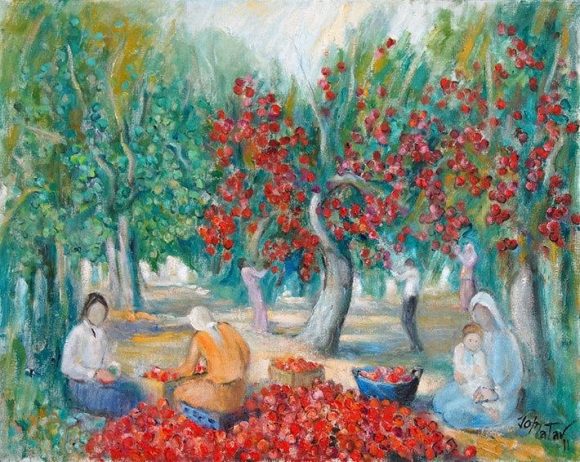

“Why is art important?” At first, the answer feels like it should be obvious, right? Yet, there have been times where I wondered about this to myself or have been asked by others and gotten nervous thinking of an explanation—something that sounds sophisticated enough but not too pretentious.
In all seriousness, museums were my first love. In the summer of 2017, my mom and I started a sort of museum hunt; if there was a museum in the city we were visiting, we were going to see it. Fifteen- year-old me looked wide-eyed at paintings that had seen decades and centuries before I was born. That summer, I watched my loneliness wither as I had oil and marble friends keeping me company. I stood under Gustav Klimt’s The Kiss (1908) and watched its gold tones sparkle with the expression of love, took in Vincent van Gogh’s yellows and understood how something with so much light can come out of the darkest of times, and marveled at Nefertiti behind glass. I went home with an answer.
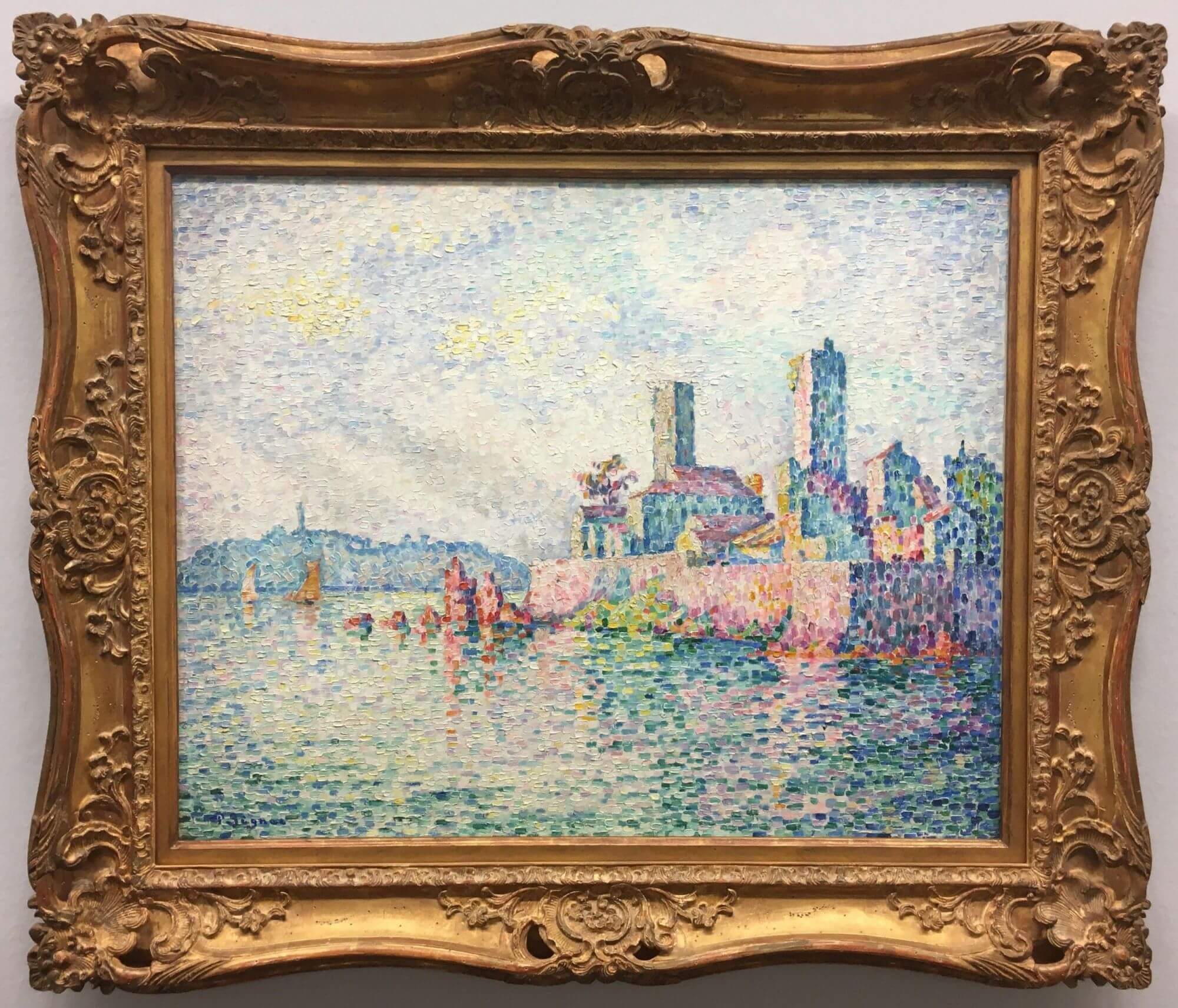

Art tells stories
I see art as a first-person record of history, getting to see the world not only through someone’s eyes, but also through their voice. Through their eyes, I see literal documentations of events and scenery just as they experience them and through their voice, artists bare their souls and add their own creative interpretation. Sometimes, consuming art feels a lot like listening to stories told by old friends. It can be a very personal and humbling experience. I think that is what makes art particularly magical: it immortalises the people behind it and eternally connects us.
Art reflects human connection
Consuming art isn’t the only thing that connects us, but so does creating it. When people think of an artist, they often imagine a lonesome character locked away in their studio (hence the popular “tortured artist” trope). However, my observation is that the best work is born out of communities and networks of people. The artist does not exist in a vacuum; art is a byproduct of the artist’s interaction with the world and the people in it, and the artist’s relationship with themselves as a result of that interaction. Historically, artists have always come together. Take for example the infamous Impressionists, the group of some of the world’s most beloved painters that broke free from realist tradition, a rebellion that transformed both the way we look at art and the way we look at the world. A single artist, no matter how strong-willed, couldn’t have made enough noise alone, it had to be a communal effort. I once read that dedicating yourself to your craft is an act of love, and I think sharing that love is one of the jewels of the human experience.


“We have art so that we shall not die of reality.” – Friedrich Nietzsche
Art also reminds us of what’s beautiful, and we need to find the beauty in things in order to survive. Romanticising the mundane helps us get through or even be content with it. Giving a bowl of fruit the spotlight or recording the sounds of the everyday hustle and bustle of the city reminds us to slow down, take life in, and appreciate it in all its candidness. Everyday I document small daily beauties through Instagram stories or journaling. Anything can be a muse and inspiration is all around us. So much of life deserves to be studied and celebrated. We are all, in a way, walking museums.
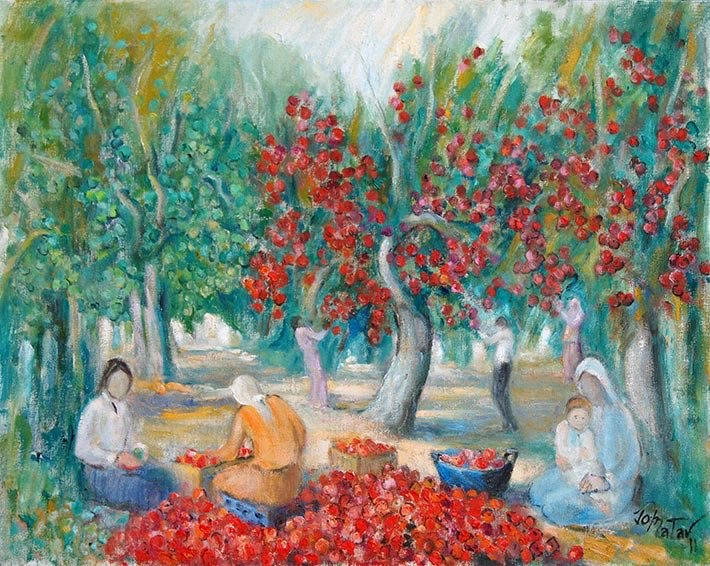

by Joseph Matar
Art often helps us get through hard times
Perhaps, another jewel is that we are ever changing, and the art-world always catches up. When the carpet got pulled out from underneath us in March 2020, the art world had to adjust just like everything else. In some ways, I think this shift has been refreshing. So many people, myself included, did not only get the time to return to creating but also the urgency. In times of global dismay, we needed to release, to reflect, and to remember what it was like to be free from the expectation of daily productivity. The transition to establishing more online spaces also allowed for more opportunities, making them more accessible than ever before. During one of the most difficult times the world had ever seen, we took the chance to stop and reevaluate the shortcomings of spaces we had curated, made them more inclusive, and made truly meaningful work that helped us get through. In a time where there couldn’t be more distance between each other, I found myself indebted to the artists that still wake up in what feels like the end of the world and create, generously allowing us to be a part of the process as well.
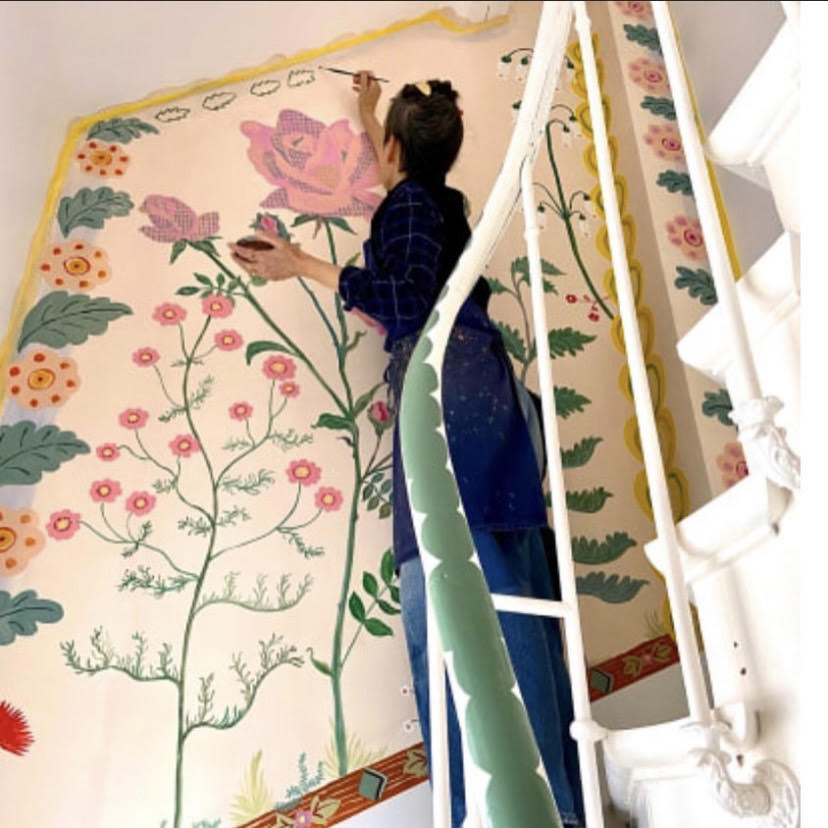

Art makes the complexities of human emotion more tangible
Sometimes, when I’m at an exhibition. I’ll sit on one of the benches and take a break from looking at the pieces. Instead, I people-watch and wonder what all the spectators sharing this space with me are thinking. Whether it’s people my age or old couples, a lot of people gravitate towards the art because it makes the complexity of human emotions tangible. If you’ve listened to someone describe their favorite book or painting, often they’ll tell you it made them feel “seen”. Isn’t that what we all need? The validation that our feelings aren’t trivial or alien, that most taboo sentiments can be expressed, seen, touched, and shared. That much of these paint strokes are unplanned, but come as we go. Our favorite pieces are often just as complex as we are, offering a spectrum of emotions, allowing us to unpack them or sometimes just acknowledge that they’re there and they’re what make us human.
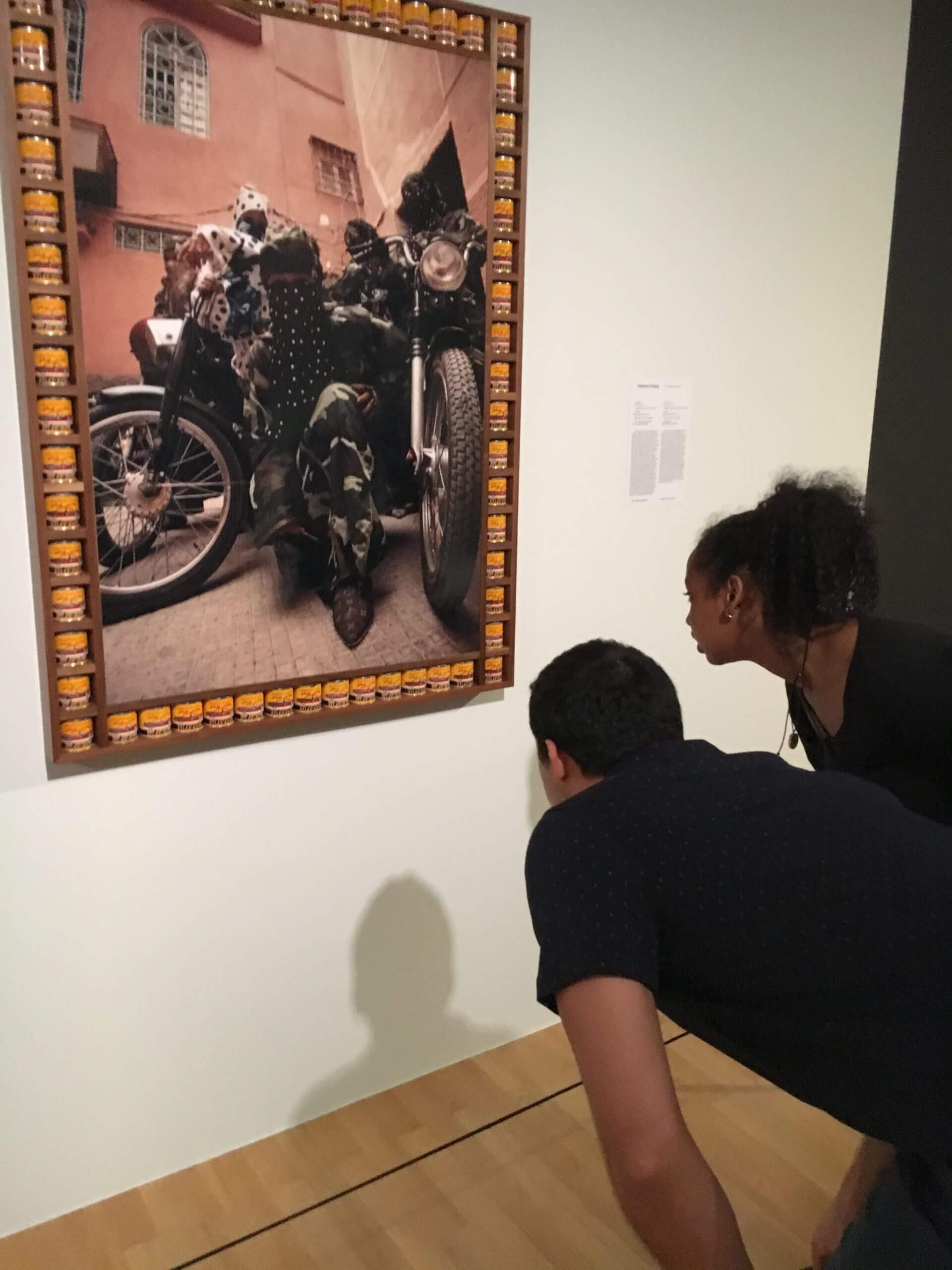

“There are so many things that art can’t do. It can’t bring the dead back to life, it can’t mend arguments between friends, or cure AIDS, or halt the pace of climate change. All the same, it does have some extraordinary functions, some odd negotiating ability between people, including people who never meet and yet who infiltrate and enrich each other’s lives. It does have a capacity to create intimacy; it does have a way of healing wounds, and better yet of making it apparent that not all wounds need healing and not all scars are ugly.” -Olivia Laing, The Lonely City: Adventures in the Art of Being Alone (2016)
Art is essential to culture
For many cultures, art is also a core part of life. Amazigh women carry on a tradition of tattooing their faces and other body parts with geometric symbols that are believed to bring health, beauty, and protection. These tattoos tell the stories of the women that wore them, marking things like an Amazigh woman’s status or distinguishing which tribe she’s from. In Saudi Arabia, the tradition of sadu-weaving, which consists of using elements found in the desert such as camel hair, are weaved into tents, rugs, mats, and more. The centuries-old tradition of Palestinian embroidery, tatreez, that illustrated beautiful area-specific motifs or marked important life events became an act of resistance after the 1948 Nakba. Today, tartreez is a symbol of Palestinian nationalism and hold the promise of return to the homes they have been illegally exiled from. A household treasure throughout the region is a meticulously-handmade Persian rug. Rich in designs and colors, these carpets are an invaluable asset to Persian culture, surviving thousands of years; through occupations and political unrest, becoming a tradition of skill and craft passed down through generations. All these artistic traditions and many more have been used as tools of resistance against all the tribulations and erasure the region has endured.


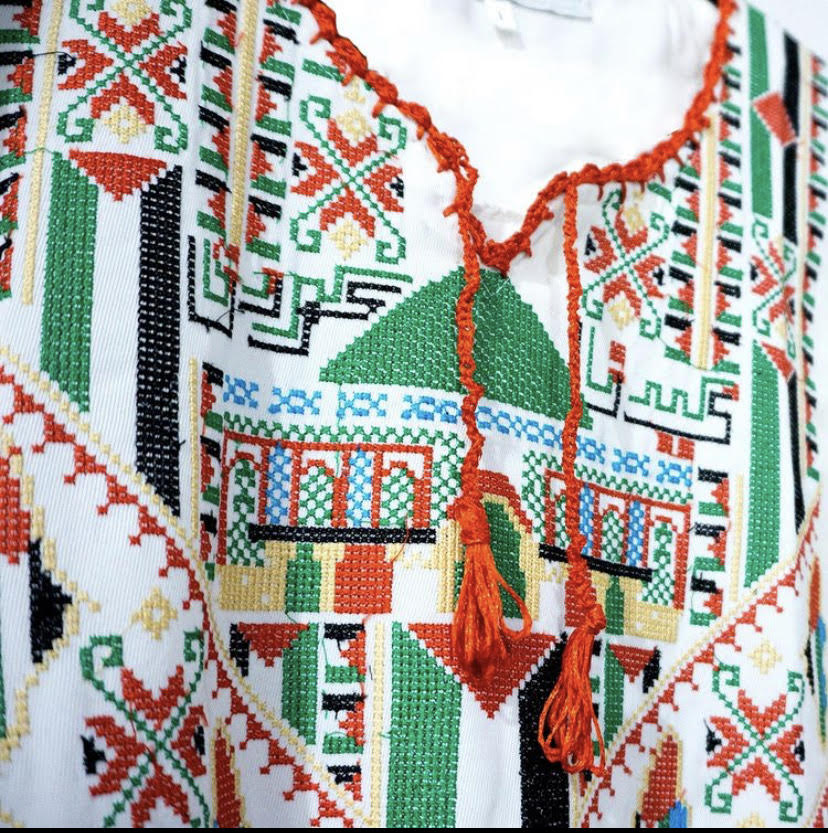

@watanpalestine on instagram
So, why is art important? Our traditions, music, stories, truths, feelings, experiences, politics, and so much more are all embedded in art. Art is essential to human development and the possibilities that come with embracing creative work are endless. Humans have been making art since the beginning of time, creative expression is the fruit of our lives, it’s what connects us and gives us meaning. I’m most interested not just why art by big-name artists is important, but the art that is personal, that we grew up with in our homes, that you find in the local markets, art that decorates our lives and reminds us of our roots, but also evolves with us.


 Mawadah fel Zaman: Why Is Art Important?
Mawadah fel Zaman: Why Is Art Important? 

